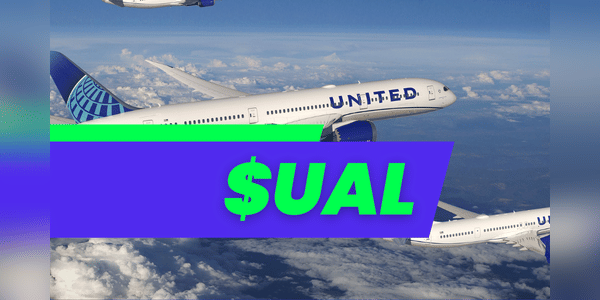United Airlines was hit similarly hard as other competitors. Yet it has recovered and is investing really heavily in fleet expansion and innovation. Is this a positive signal for the future?

United Airlines is one of the largest airlines in the world. It operates passenger and cargo flights to some 350 destinations on six continents. It is part of the wider United Continental Holdings airline alliance .
United Airlines merged with Continental Airlines in 2010 and now has a fleet of approximately 1,400 aircraft, including wide-body Boeing 777s and the larger Airbus A330. United Airlines' main base is located at Denver International Airport in Colorado.
United Airlines generates revenue through passenger and cargo traffic from reasonable airfare and surcharges. Passenger transportation accounts for the majority of revenue (nearly 90% in 2019). The COVID-19 pandemic has caused United Airlines huge losses. Flights have been cancelled and revenue is down nearly 75% in 2020 compared to 2019.…